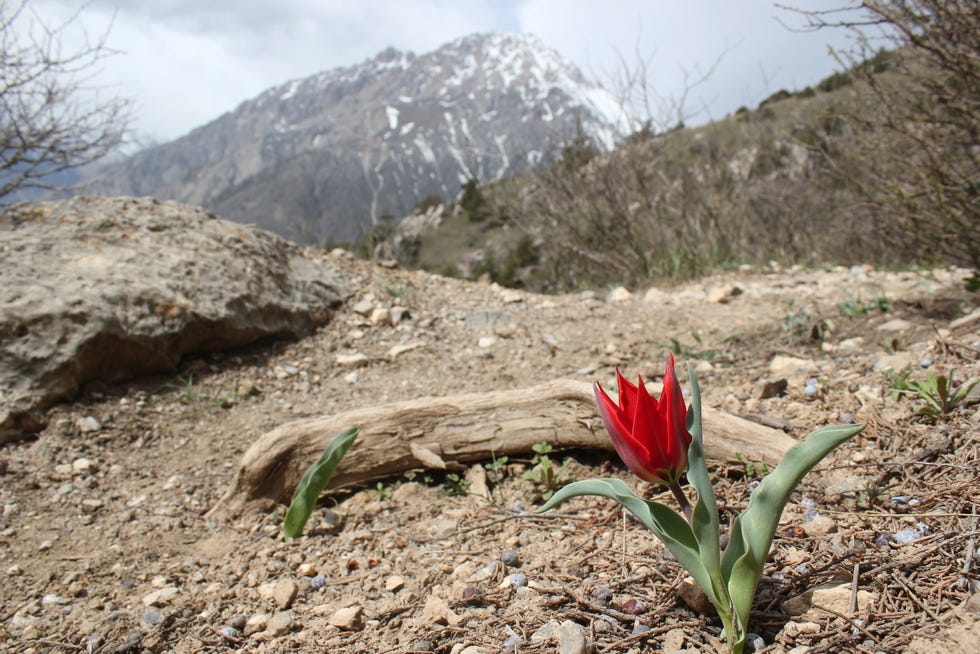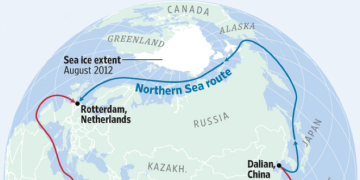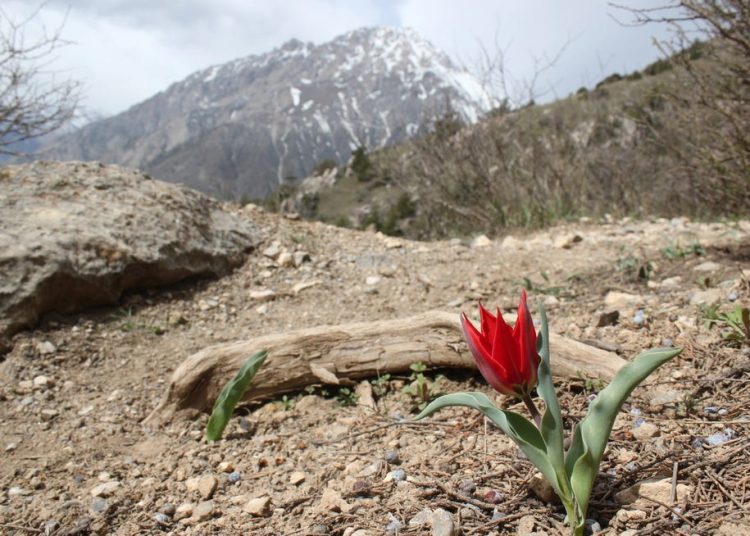In the days of cable TV, melancholy commercials pleading for donations to help save big animals on the brink of extinction – such as elephants, polar bears, gorillas, and pandas – landed on screens across the United States.
But advertisements to raise awareness and funding for the study of plants, such as the wild tulip, were either nonexistent or unmemorable.
Wild tulips are threatened by climate change, and funding for research is hard to come by. Livestock overgrazing, mining, urbanization, fluctuating rain patterns, and “opportunistic collection” of flowers and bulbs have all damaged the species’ ecosystems.
The diverse tulip colors typically seen in the spring have been bred for many years for large gardens, according to the Missouri Botanical Garden. The beginning of tulip cultivation can be traced back to the Ottoman Empire centuries ago, which regarded the flower as a status symbol.
SPECIES SAVED:These remarkable species were saved from the brink of extinction
Brett Wilson, a PhD candidate at University of Cambridge studying the evolution of wild tulips, is merging his research to guide future conservation efforts that can hopefully prevent more wild tulips from going extinct. A workshop with many international experts, including Wilson, began May 10 in Bishkek, Kyrgyzstan, with the goal of assessing tulip species across Central Asia.

Addressing ‘plant blindness’
People and organizations shouldn’t allocate fewer resources toward big and fluffy…



























































